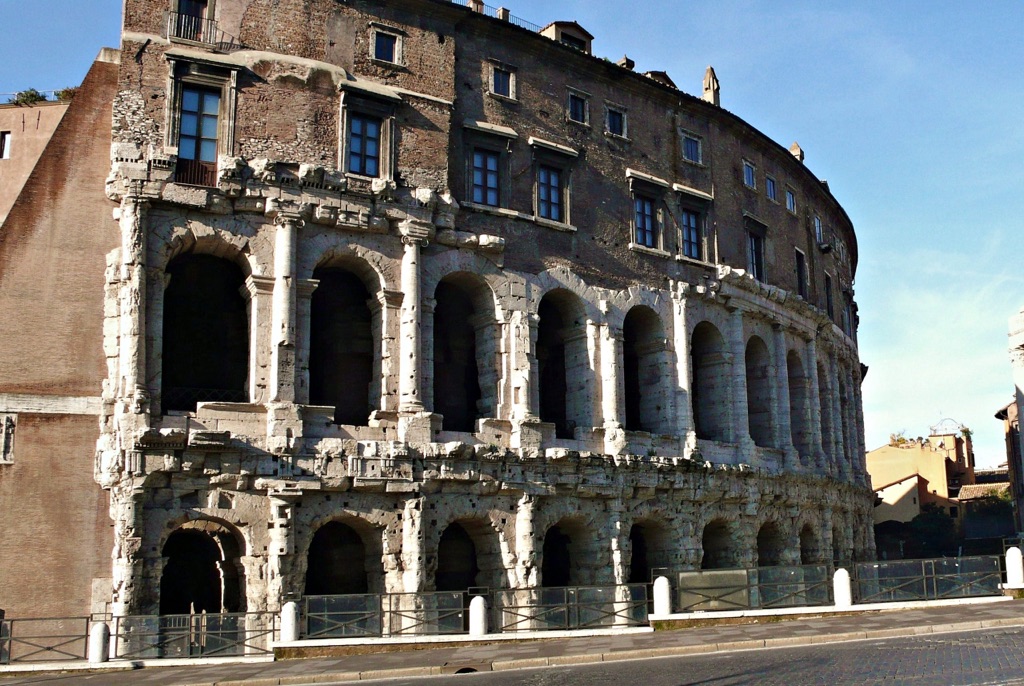The Theater of Marcellus stands as a testament to the grandeur of ancient Roman architecture and public entertainment. Inaugurated by Emperor Augustus in memory of his nephew, Marcellus, this edifice once dazzled spectators with its impressive stone and concrete structure. It held upwards of 20,000 guests who reveled in various performances, playing a pivotal role in the cultural life of ancient Rome. Today, this historical site offers a window into the past with its partially preserved ruins, allowing visitors to envisage the scale and majesty of Roman theatrical productions.
Ancient Romans
Ancient Roman Historical Sites and Ruins
Ancient Roman Mythology
| Jupiter |
| Juno |
| Neptune |
| Minerva |
| Mars |
| Apollo |
| Venus |
| Diana |
| Vulcan |
| Vesta |
| Ceres |
| Mercury |
| Pluto |
| Janus |
| Bacchus |
| Saturn |
| Cupid |
Roman Artifacts
| The Pilate Stone |
| The Lycurgus Cup |
| Scorpio (weapon) |
| Vindolanda Tablets |
Historical Figures
| The Full List of Roman Emperors |
| Nero |
| Julius Caesar |
| Marcus Aurelius |
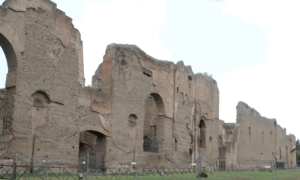
Baths of Caracalla
Embark on a journey back in time with a visit to the Baths of Caracalla, one of the most grandiose remnants of Roman architecture. Constructed under Emperor Caracalla’s reign in the early 3rd century, these public baths were not merely a place for cleansing but a symbol of Rome’s opulence and engineering prowess. The complex stretched over 33 acres, boasting not only massive bathing rooms but also libraries, shops, and lush gardens, reflecting a hub of social and cultural activity. Visitors today can marvel at the soaring walls and mosaics, imagining the once-steamy rooms where Romans of all classes mingled and relaxed.
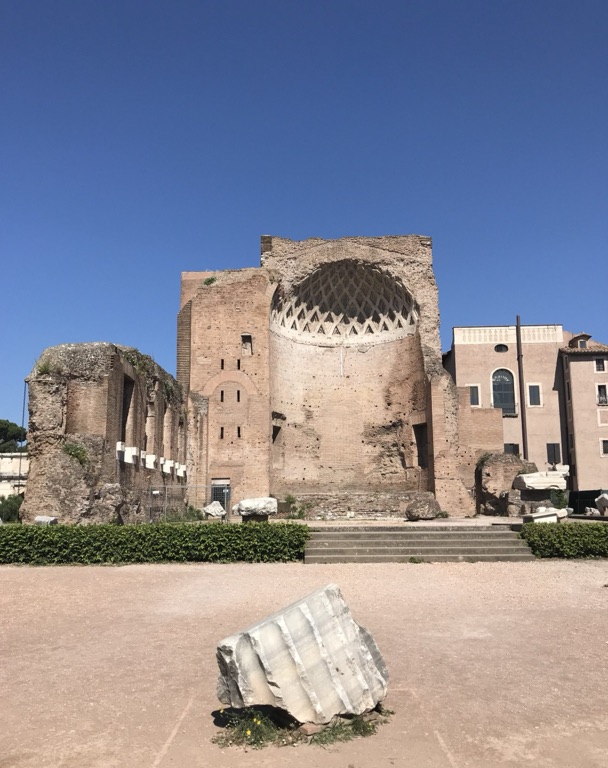
The Temple of Venus and Roma
Nestled in the heart of Rome, The Temple of Venus and Roma stands as a majestic testament to ancient Roman architecture and religious life. Built by Emperor Hadrian in the 2nd century AD, this temple was renowned as the largest in Rome, symbolizing the grandeur of the Roman Empire. It honored Venus, the goddess of love and beauty, and Roma, the personification of the city. The temple’s design is remarkable, featuring a double-back-to-back design, with two main chambers facing opposite directions. Its structural ingenuity and immense size continue to captivate visitors and historians alike, embodying a rich cultural heritage that spans millennia.
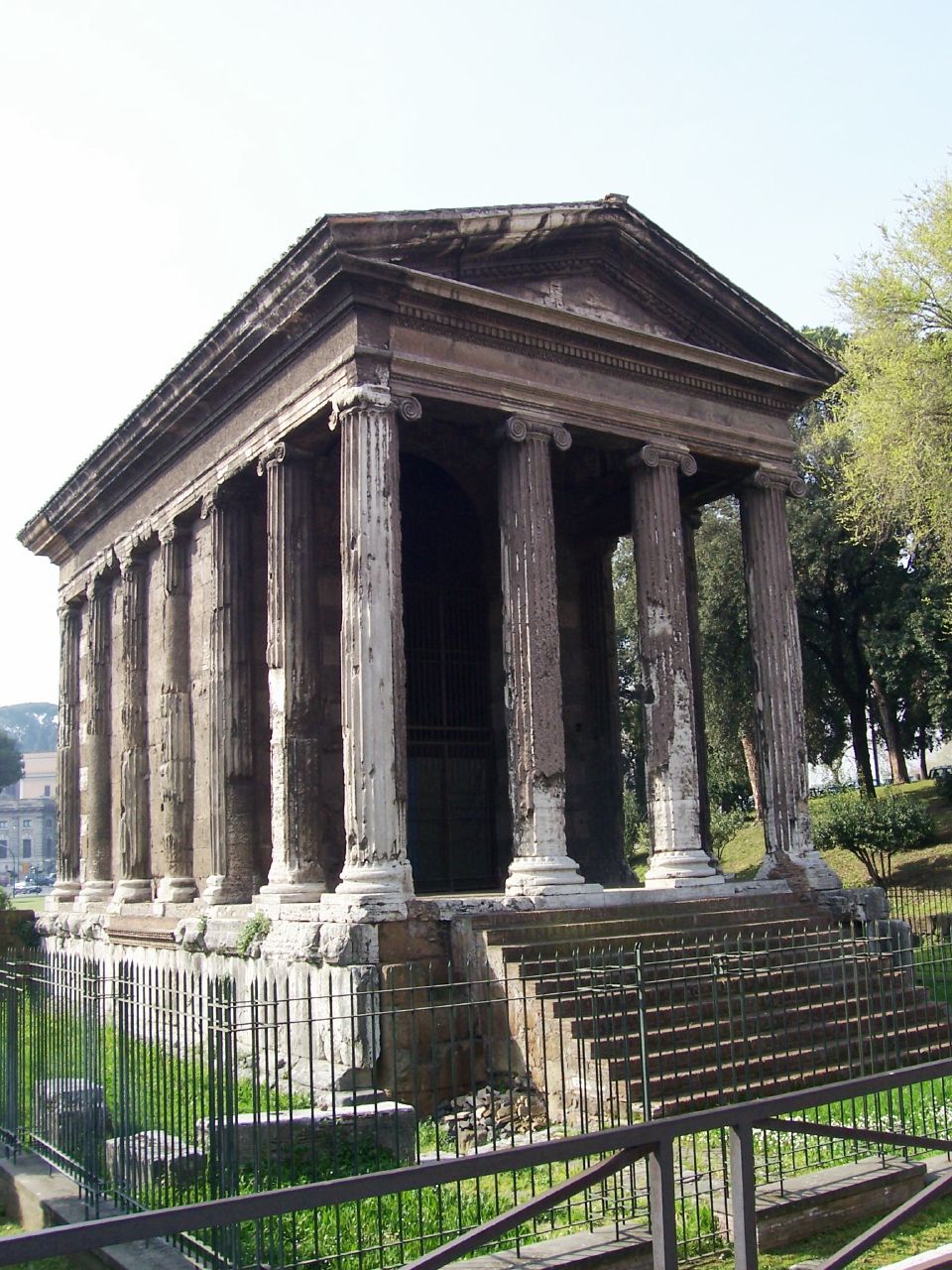
Temple of Portunus
Located in the heart of Rome, the Temple of Portunus stands as a testament to ancient Roman architecture and their devotion to the gods. This well-preserved edifice, attributed to the god of harbors and ports, showcases the Ionic order of classical design. Its rich history tells a tale of religious significance and its pivotal role in the communal activities of Rome. With its strategic placement by the Tiber River, the temple offers an intriguing glimpse into the past, making it a must-visit landmark for history enthusiasts around the world.
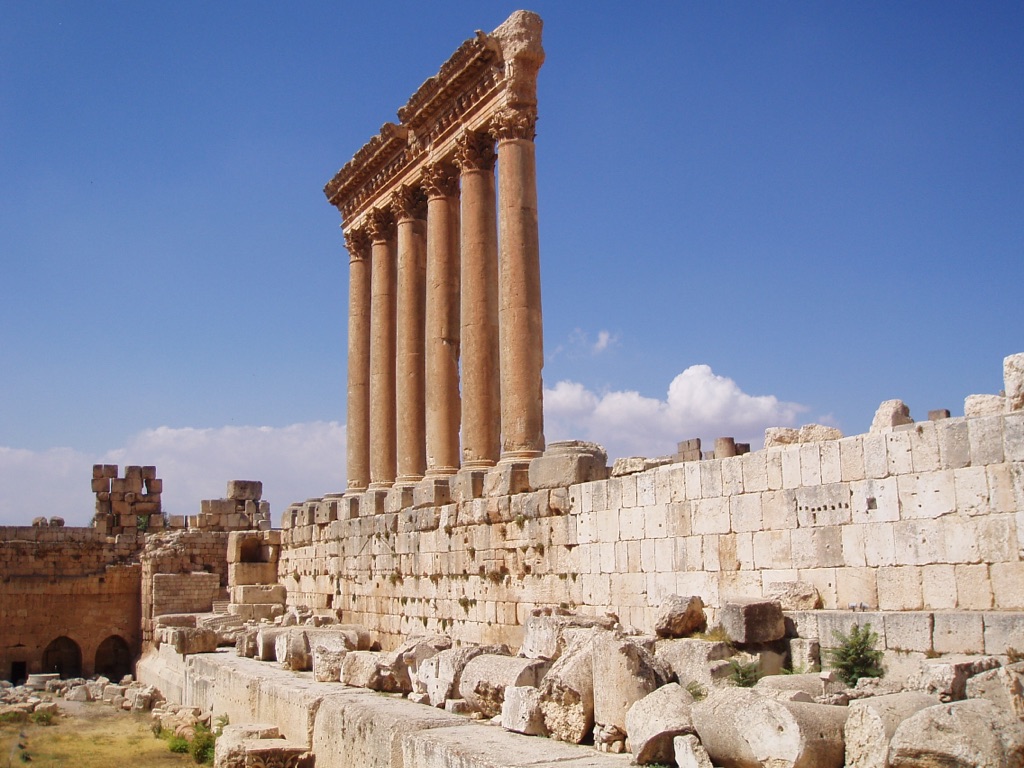
Temple of Jupiter in Baalbek
The Temple of Jupiter, located in Baalbek, Lebanon, is a monumental site that bears testament to the grandeur and complexity of Roman architecture. It was part of the Roman Heliopolis, a significant religious complex, and was dedicated to Jupiter, the Roman king of the gods. The temple, built during the 1st century AD, is characterized by its colossal dimensions, intricate stone carvings, and the impressive six remaining Corinthian columns. Despite the ravages of time and conflict, the Temple of Jupiter continues to captivate visitors with its imposing presence and historical significance.
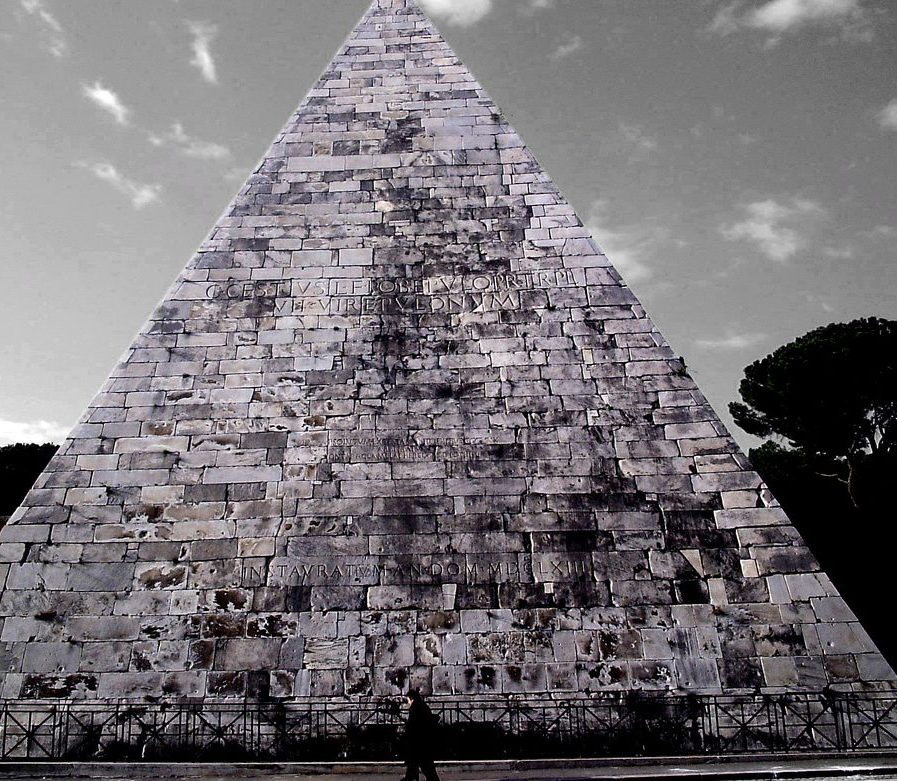
Pyramid of Cestius
The Pyramid of Cestius is an ancient pyramid in Rome, Italy, near the Porta San Paolo and the Protestant Cemetery. It was built as a tomb for Gaius Cestius, a member of the Epulones religious corporation. Standing at 36.4 meters high, it is one of the best-preserved ancient buildings in Rome. Its construction was completed in 12 BC and is unique in combining Egyptian and Roman architectural styles. The pyramid was incorporated into the fortifications of the city in the 3rd century AD and has since become a notable landmark in Rome.

